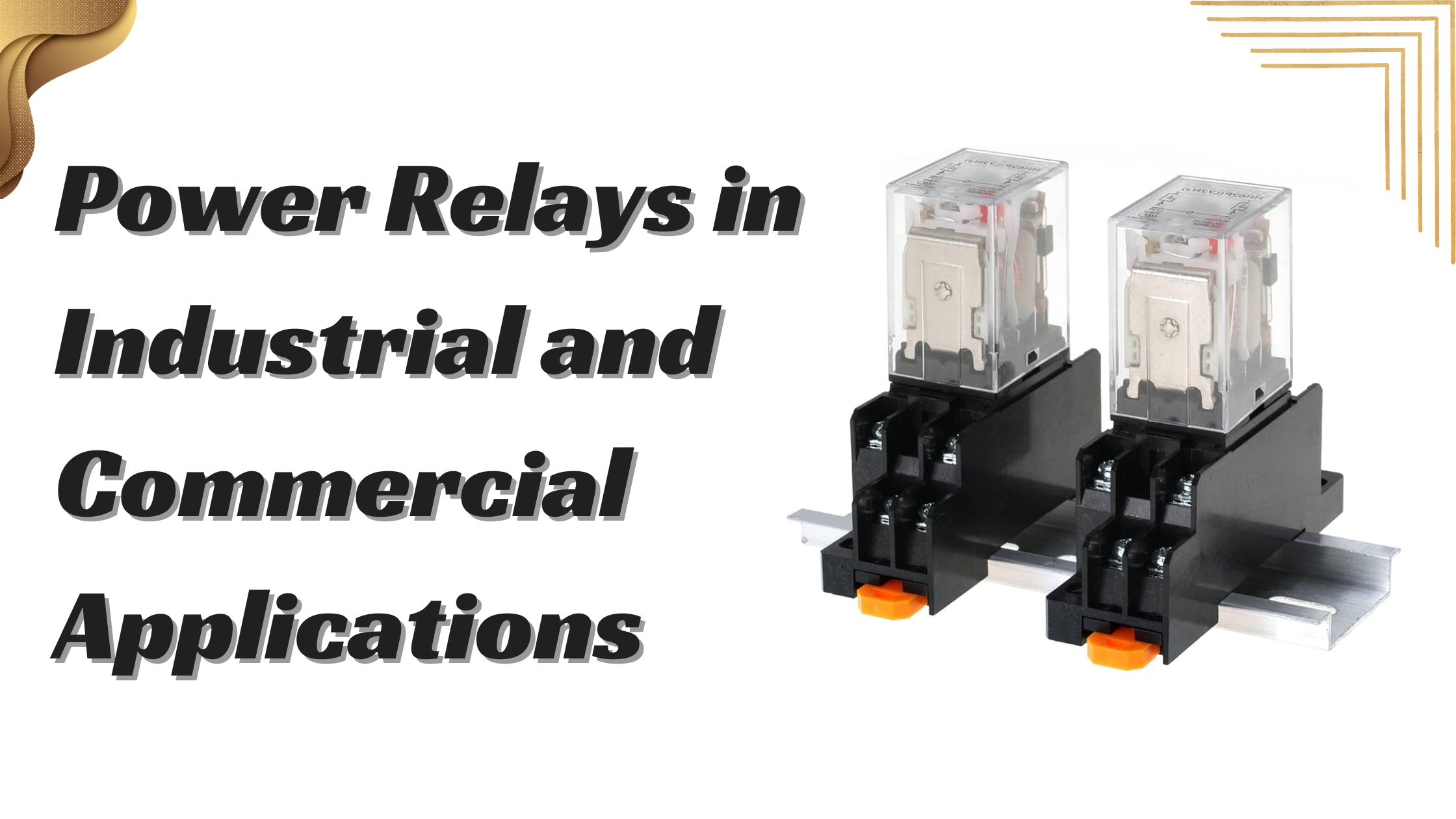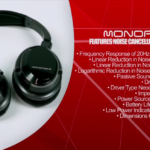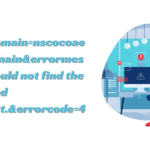The Benefits of Using Power Relays in Industrial and Commercial Applications
- 1 What is a Power Relay?
- 2 Benefits of Power Relays
- 2.1 1. Safety
- 2.2 2. Remote Control
- 2.3 3. Automation
- 2.4 4. Energy Efficiency
- 2.5 5. Longevity of Equipment
- 3 How Power Relays Work
- 4 Applications of Power Relays
- 4.1 1. Industrial Automation
- 4.2 2. Motor Control
- 4.3 3. Lighting Control
- 4.4 4. Heating, Ventilation, and Air Conditioning (HVAC)
- 4.5 5. Power Distribution
- 4.6 6. Renewable Energy Systems
- 5 Conclusion
Power relays play a crucial role in various industrial and commercial applications. These devices help control large electrical currents with a smaller current, making operations safer and more efficient. In this article, we will explore the numerous benefits of using power relays, how they work, and their applications in different industries.
What is a Power Relay?
A power relay is an electrically operated switch that uses an electromagnet to move a set of contacts. When a small electrical current passes through the coil of the relay, it creates a magnetic field. This magnetic field pulls the switch contacts together, allowing a larger electrical current to flow through the relay. Once the small current is removed, the magnetic field dissipates, and the contacts return to their original position, breaking the circuit.
Benefits of Power Relays
1. Safety
One of the primary benefits of using power relays is safety. By using a small current to control a larger current, power relays reduce the risk of electrical accidents. This is especially important in industrial settings where large machinery operates on high voltage. By isolating the control circuit from the high-power circuit, relays protect operators and equipment from potential electrical hazards.
2. Remote Control
Power relays enable remote control of electrical devices. This is particularly useful in commercial applications where equipment needs to be controlled from a distance. For example, in a large factory, machines can be turned on or off from a central control room, improving efficiency and convenience.
3. Automation
In today’s industrial world, automation is key to improving productivity and reducing costs. Power relays are essential components in automated systems. They allow machines to be controlled automatically based on certain conditions. For instance, a temperature sensor can trigger a relay to turn on a cooling fan when the temperature exceeds a certain threshold, ensuring that the machinery operates within safe limits.
4. Energy Efficiency
Power relays contribute to energy efficiency by allowing precise control over electrical devices. Instead of running equipment continuously, relays can be used to turn devices on and off as needed. In particular, a high-current DC relay is essential for managing large electrical loads efficiently, further contributing to energy savings and system reliability. This reduces energy consumption and lowers operating costs. In commercial buildings, relays can be used to control lighting, heating, and cooling systems based on occupancy, further enhancing energy efficiency.
5. Longevity of Equipment
By controlling the inrush current to electrical devices, power relays help extend the lifespan of equipment. Inrush current is the initial surge of current when an electrical device is turned on. This surge can cause wear and tear on components, leading to premature failure. Power relays can be used to gradually apply power to devices, reducing the impact of inrush current and prolonging the life of the equipment.
How Power Relays Work
To understand how power relays work, let’s look at a simple example. Imagine you have a large industrial motor that needs to be turned on and off. The engine operates at high voltage, making it unsafe to control directly with a standard switch. Instead, a power relay is used.
- Control Circuit: A small switch or a sensor is connected to the control circuit of the relay. This circuit operates on a low voltage and current, making it safe to handle.
- Coil and Magnetic Field: When the control switch is activated, a small current flows through the coil of the relay. This creates a magnetic field around the coil.
- Switching Contacts: The magnetic field pulls a set of contacts within the relay together. These contacts are connected to the motor’s high-voltage circuit.
- Power Flow: Once the contacts are closed, the high-voltage current flows through the relay and powers the motor.
- Deactivation: When the control switch is turned off, the current to the coil stops, the magnetic field disappears, and the contacts return to their original position, breaking the high-voltage circuit and turning off the motor.
Applications of Power Relays
1. Industrial Automation
In industrial automation, power relays are used extensively to control machinery and equipment. They can be found in assembly lines, robotic systems, and conveyor belts. By integrating relays with sensors and control systems, factories can achieve higher levels of automation, improving productivity and reducing human intervention.
2. Motor Control
Power relays are widely used in motor control applications. They can start, stop, and protect motors from overload conditions. In industries such as manufacturing, mining, and construction, motors are essential for various operations. Power relays ensure that these motors operate reliably and efficiently.
3. Lighting Control
In commercial buildings, power relays are used to control lighting systems. They can be connected to timers, occupancy sensors, and daylight sensors to automate lighting based on the presence of people and natural light levels. This not only enhances energy efficiency but also provides a comfortable and well-lit environment for occupants.
4. Heating, Ventilation, and Air Conditioning (HVAC)
Power relays are integral components in HVAC systems. They control the operation of heating and cooling units, fans, and compressors. By integrating relays with thermostats and environmental sensors, HVAC systems can maintain optimal indoor conditions while minimizing energy consumption.
5. Power Distribution
In power distribution systems, relays are used to protect electrical circuits from overloads and short circuits. They can quickly disconnect faulty circuits, preventing damage to equipment and ensuring the safety of the electrical system. Power relays are essential for maintaining the reliability and stability of power grids.
6. Renewable Energy Systems
With the growing adoption of renewable energy sources such as solar and wind, power relays play a vital role in these systems. They are used to control the connection and disconnection of renewable energy sources to the grid, ensuring safe and efficient operation. Power relays also protect inverters and other components from electrical faults.
Conclusion
Power relays offer numerous benefits in industrial and commercial applications. They enhance safety, enable remote control, support automation, improve energy efficiency, and extend the lifespan of equipment. By understanding how power relays work and their various applications, businesses can leverage these devices to optimize their operations and achieve greater efficiency. Whether in industrial automation, motor control, lighting, HVAC, power distribution, or renewable energy systems, power relays are indispensable components that contribute to the smooth and reliable operation of electrical systems.

















